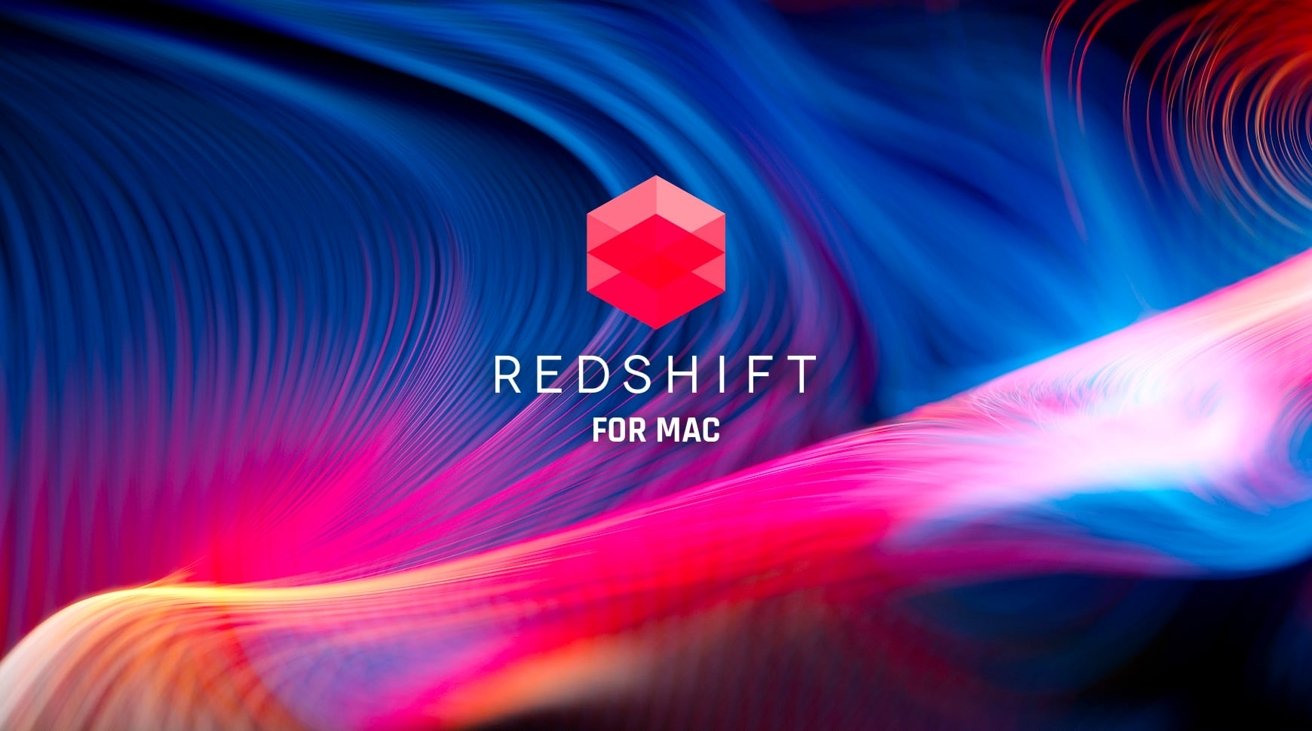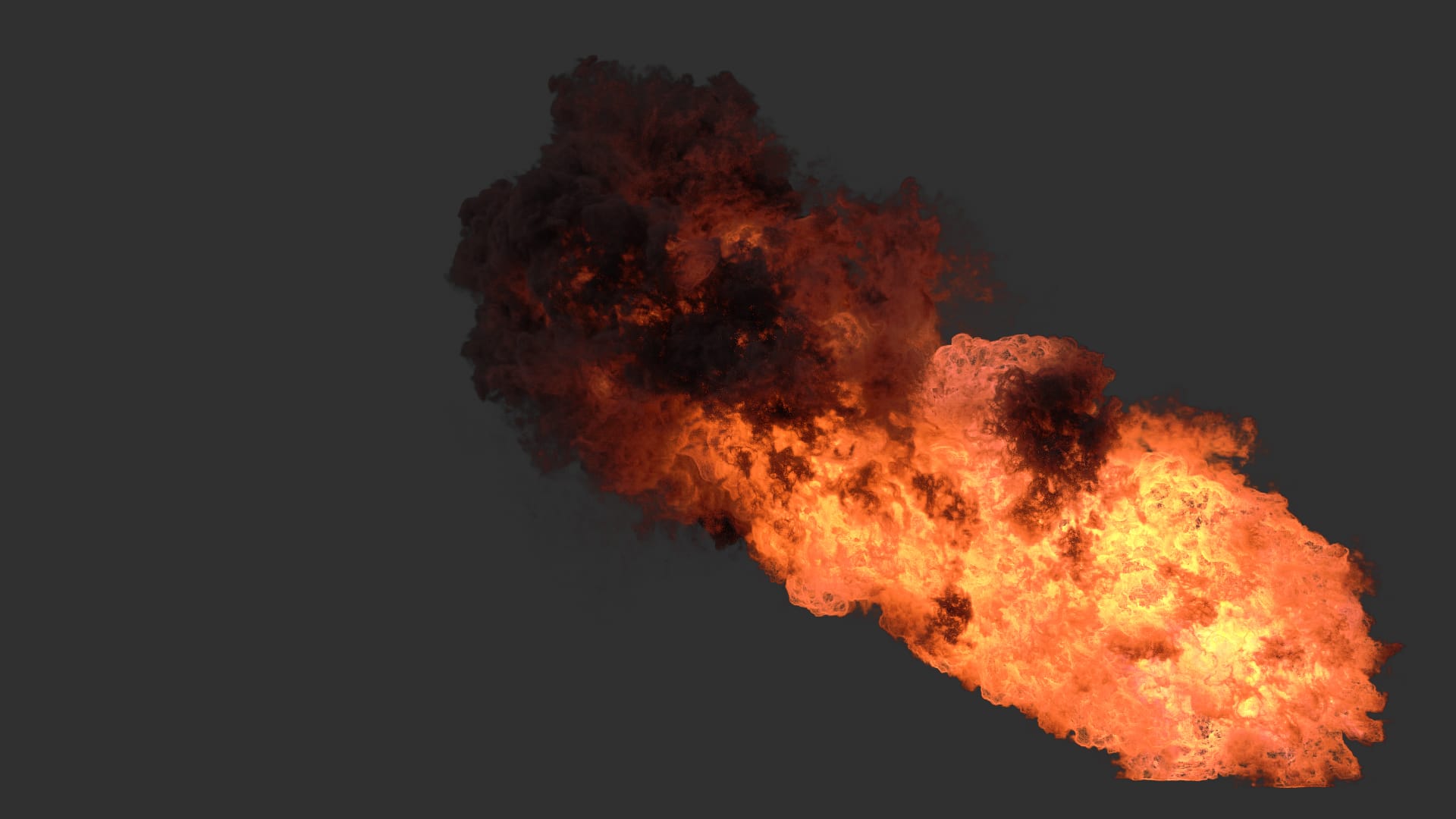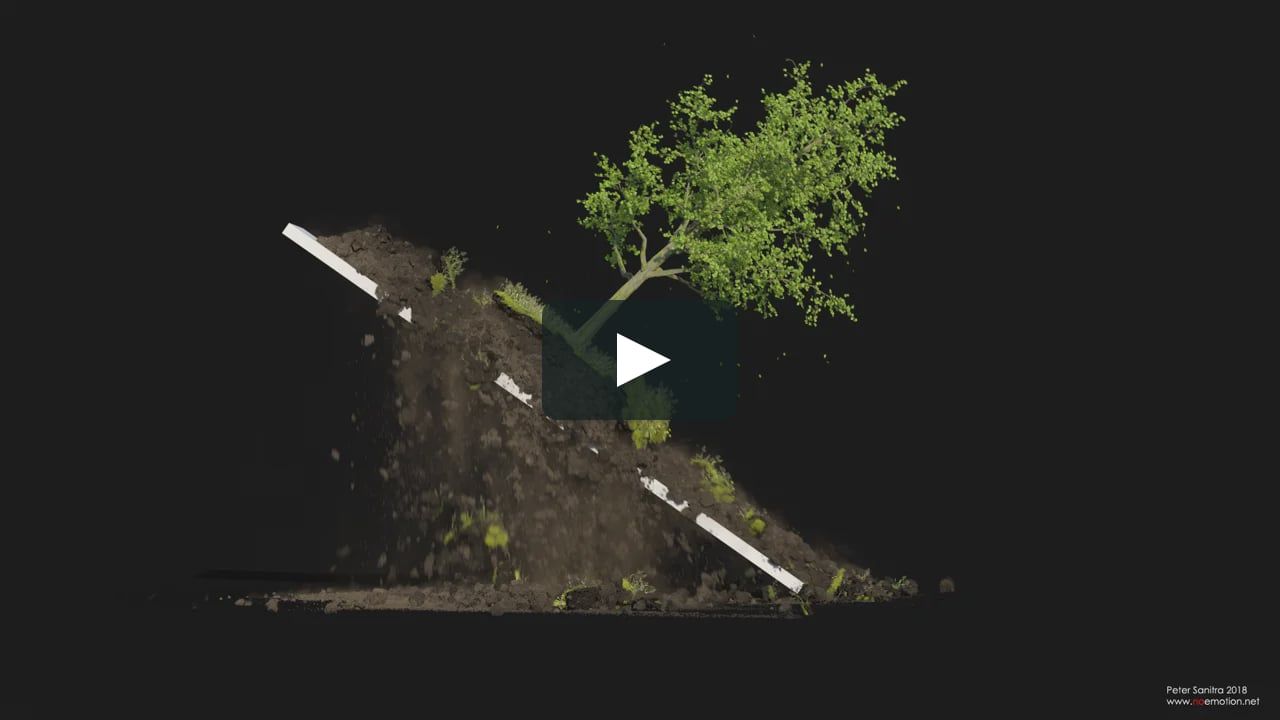

The primary aim of this training is to provide a project that will take the viewer through as much of Houdini as possible’. They have their own extra settings that we can configure which change the way the render comes out.Rohan Dalvi – Rocket Bus Redshift Houdini We will also cover what are known as ROPS.
#Houdini free redshift how to
In the next part, we will see how to save the renders to disk. Finally, once we have all of that, we can render our scene. You want anything else? You can make it yourself with little difficulty. You want gold paint? Use the gold paint preset. Simply, we don't have to do any complicated math as to how light bounces or interacts with an object, we can just set some parameters and the Principled Shader does the rest. However, it strives to be realistic in the way it represents objects. This is a shader that is meant to be intuitive and simple because it has been cut down to its basics. In Houdini, we generally use the Principled Shader. A shader is a system that controls how light shades an object. We control all of the needed settings for our materials by using a shader. These materials control the way our objects look. Objects are gold, pink, black, white, rough, glossy, metallic, see-through etc. However, something else that comes into play is the way that the actual objects interact with light. In Houdini we create lights and a camera.

Much like in real life, you cannot take a picture unless you have a camera and your camera is useless unless there is light. When we render in Houdini, we are basically taking a picture of the objects in our scene (the donut, icing and sprinkles). 'Rendering' is the process of taking our objects and creating an output. In this tutorial, we are going over the setting up of a render. Welcome back to Houdini Isn't Scary - Part 4: Lights, Camera, Icing.

The idea in this part is to create some particles, sprinkle them over the donut dynamically, bring it into our sprinkles node, and turn each particle into a sprinkle with our existing setup. Each type of dynamics network in Houdini uses a different solver (FLIP, Pyro, Vellum, RBD, etc.). All of the calculations are done by what is known as a solver. If we change anything in the dynamics network, we would need to re-simulate. If our network tries to calculate how liquid would move over time, it would take fluid dynamics into account, do some calculations (this part takes time for the computer to do) and then output a simulation.

A simulation is simply the calculated output of a dynamics network. When we create a dynamics network, we intend on outputting a simulation. In this tutorial though, we are going to be working with POPs (Particle Operators which are a subset of DOPs). Other geometry based work is done in SOPs (Surface Operators). In Houdini, there is a separate context for working with Dynamics it's called DOPs (Dynamic Operators). Dynamics are things that are driven by time. In this part, we go over how to create dynamics.


 0 kommentar(er)
0 kommentar(er)
